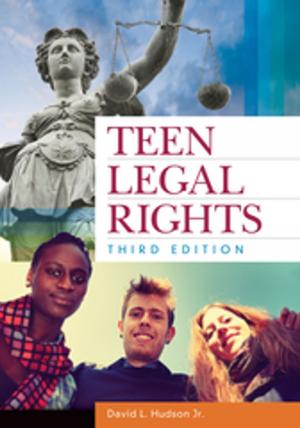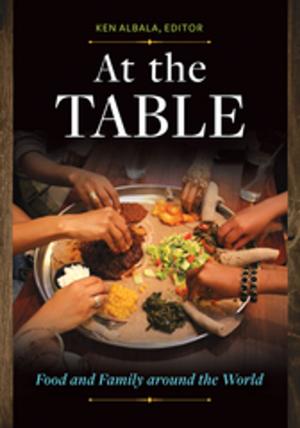Substance Abuse: A Reference Handbook, 2nd Edition
Nonfiction, Health & Well Being, Health, Ailments & Diseases| Author: | David E. Newton | ISBN: | 9781440854781 |
| Publisher: | ABC-CLIO | Publication: | April 24, 2017 |
| Imprint: | ABC-CLIO | Language: | English |
| Author: | David E. Newton |
| ISBN: | 9781440854781 |
| Publisher: | ABC-CLIO |
| Publication: | April 24, 2017 |
| Imprint: | ABC-CLIO |
| Language: | English |
From the pharmaceuticals advertised on television for various specific medical conditions; to alcohol, which is consumed regularly as a societal norm; to illicit drugs such as cocaine, heroin, and methamphetamine; to marijuana, which is becoming legal in an increasing number of U.S. states, drugs are all around us and are ingrained in our culture. The difficult reality is that any drug is a substance that can be abused. Substance Abuse: A Reference Handbook provides a detailed discussion of the history of substance abuse, covers the classification of drugs, explains how drugs work in the body, includes a general survey of both legal and illegal drugs, and describes the methods of substance abuse prevention and treatment. Readers receive a comprehensive introduction to the broad topic of substance abuse and a variety of additional resources with which to conduct extensive research.
In addition to describing the nature of licit and illicit drugs, the beneficial and harmful effects drugs can have on the human body, and factors that may lead to abuse and/or substance abuse, this book covers subtopics such as drug testing in a variety of settings including the workplace and sports, drug control mechanisms, and the debates relating to the legalization of drugs such as medical and recreational marijuana. The book also offers primary source resources that enable readers to directly examine the text of documents, such as significant laws and court cases dealing with aspects of substance abuse, alcohol prohibition amendments, the Controlled Substances Act of 1970, a series of memoranda from the U.S. Department of Justice regarding the prosecution of marijuana cases, and state doctor shopping laws.
From the pharmaceuticals advertised on television for various specific medical conditions; to alcohol, which is consumed regularly as a societal norm; to illicit drugs such as cocaine, heroin, and methamphetamine; to marijuana, which is becoming legal in an increasing number of U.S. states, drugs are all around us and are ingrained in our culture. The difficult reality is that any drug is a substance that can be abused. Substance Abuse: A Reference Handbook provides a detailed discussion of the history of substance abuse, covers the classification of drugs, explains how drugs work in the body, includes a general survey of both legal and illegal drugs, and describes the methods of substance abuse prevention and treatment. Readers receive a comprehensive introduction to the broad topic of substance abuse and a variety of additional resources with which to conduct extensive research.
In addition to describing the nature of licit and illicit drugs, the beneficial and harmful effects drugs can have on the human body, and factors that may lead to abuse and/or substance abuse, this book covers subtopics such as drug testing in a variety of settings including the workplace and sports, drug control mechanisms, and the debates relating to the legalization of drugs such as medical and recreational marijuana. The book also offers primary source resources that enable readers to directly examine the text of documents, such as significant laws and court cases dealing with aspects of substance abuse, alcohol prohibition amendments, the Controlled Substances Act of 1970, a series of memoranda from the U.S. Department of Justice regarding the prosecution of marijuana cases, and state doctor shopping laws.
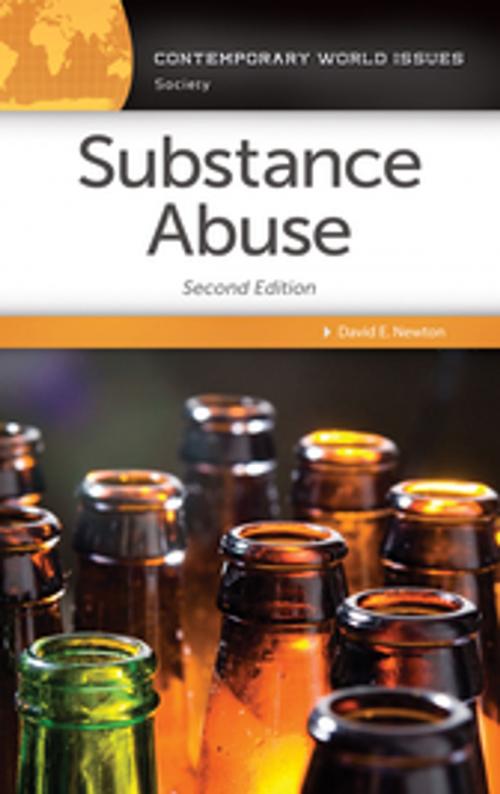

![Cover of the book The Praeger Handbook of Media Literacy [2 volumes] by David E. Newton](https://www.kuoky.com/images/2013/november/300x300/9780313392825-Hg5z_300x.jpg)

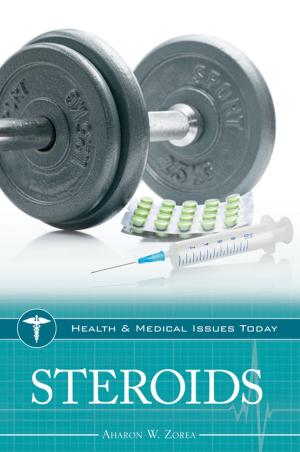
![Cover of the book The Civilian Lives of U.S. Veterans: Issues and Identities [2 volumes] by David E. Newton](https://www.kuoky.com/images/2016/december/300x300/9781440842795-lMGu_300x.jpg)


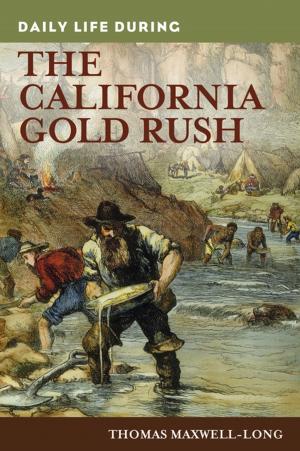
![Cover of the book The Encyclopedia of the Mexican-American War: A Political, Social, and Military History [3 volumes] by David E. Newton](https://www.kuoky.com/images/2012/october/300x300/9781851098545-e8rK_300x.jpg)
